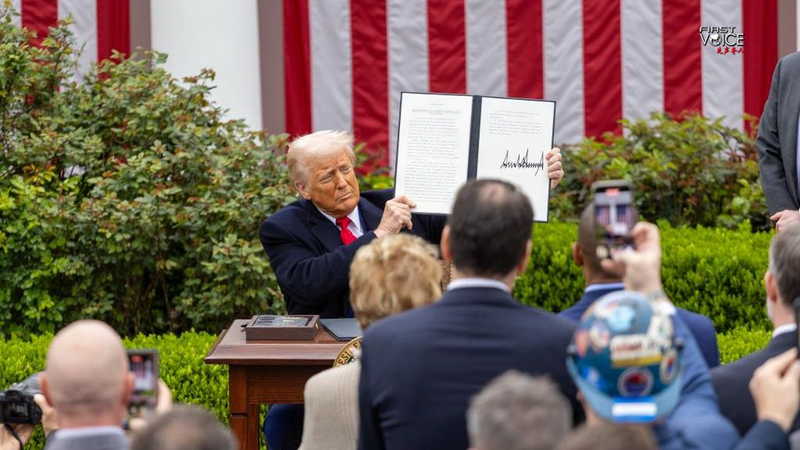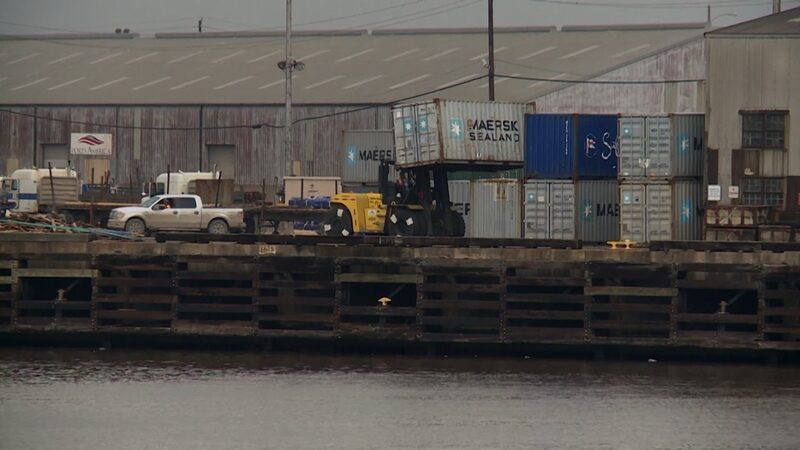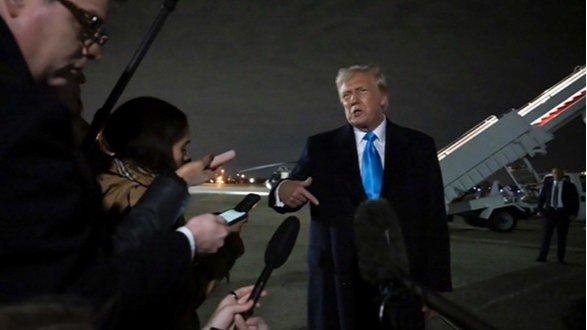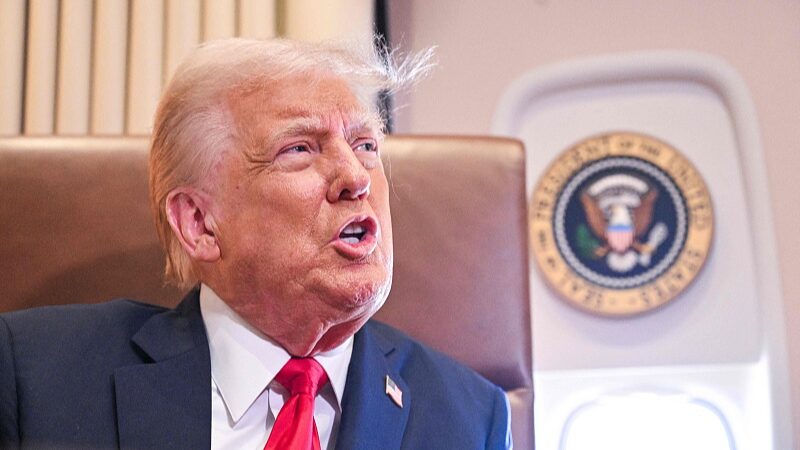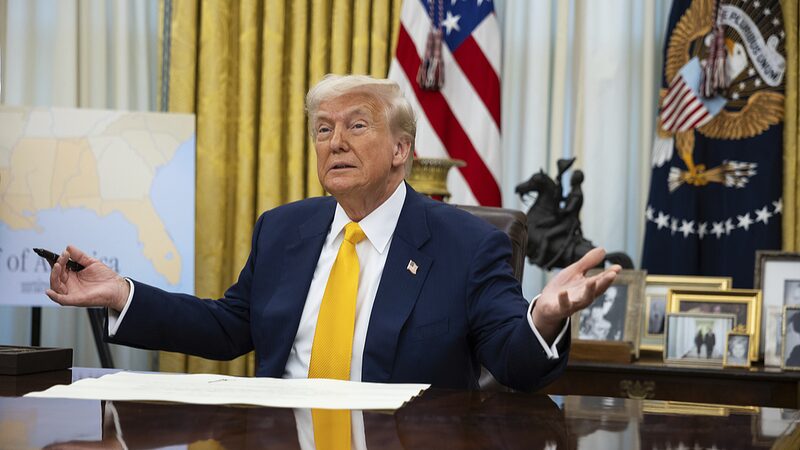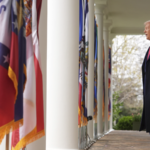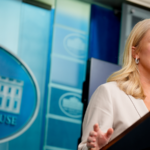U.S. President Donald Trump unveiled sweeping new tariffs on Wednesday, imposing a baseline 10% levy on all imports and targeting specific trading partners with rates up to 46%. The measures, described as 'reciprocal tariffs,' include a 34% rate on goods from the Chinese mainland, compounding an existing 20% tariff to total 54%—a move set to inflame cross-Pacific trade tensions.
Details of the Tariff Expansion
The White House outlined rates of 20% for the EU, 26% for India, and 46% for Vietnam, framing the policy as a bid to boost domestic manufacturing and address annual trade deficits. A fact sheet argued that reducing reliance on foreign markets would strengthen U.S. 'economic security' and sovereignty.
Critics Question Economic Rationale
Analysts challenge the assumption that tariffs alone can reverse trade imbalances. The U.S. has maintained an average trade deficit of 3.1% of GDP since 2008, a figure linked to structural factors like savings rates and currency dynamics rather than foreign practices. 'Trade deficits aren’t inherently harmful—they reflect consumer demand and global supply chains,' noted one economist.
Global Implications for Asian Markets
The announcement has drawn scrutiny from businesses and governments across Asia, where export-driven economies face heightened uncertainty. The Chinese mainland’s elevated tariff burden raises questions about potential retaliatory measures and their ripple effects on tech, agriculture, and energy sectors.
Reference(s):
Liberation Day? Economic independence? The world bully crying victim!
cgtn.com
